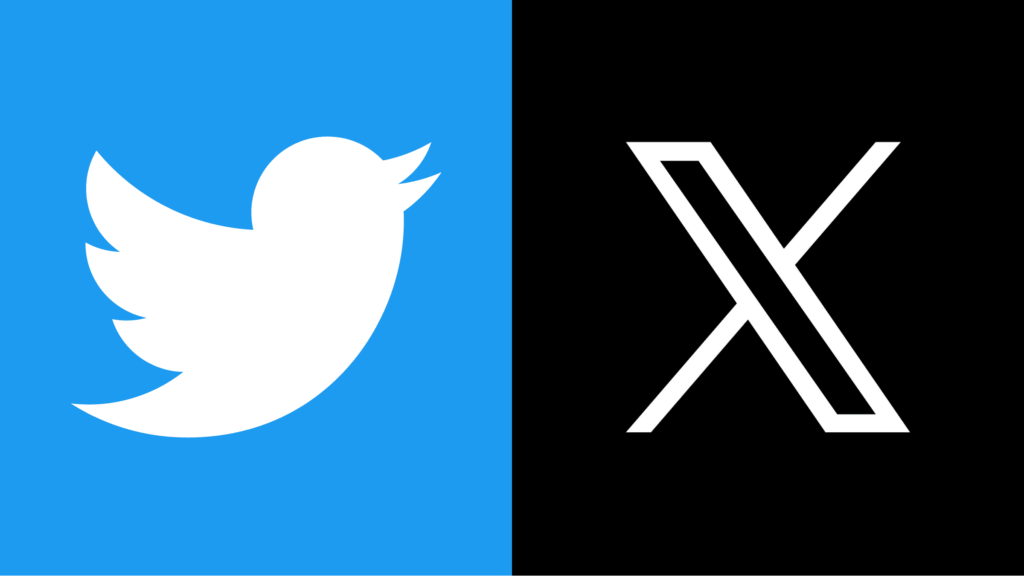From Side Project to Global Platform
Imagine working a full-time job while spending your evenings on a side project with a few colleagues. Now imagine that this hobby turns into one of the most influential communication technologies in history. That is the incredible origin story of X, formerly Twitter.
The Early Days of Twitter
The story begins in 2006 when Jack Dorsey (@Jack), co-founder of Twitter, envisioned an SMS-based communication platform. His idea was to allow groups of friends to share status updates in real-time — similar to texting but open and social.
During a brainstorming session at the podcast company Odeo, Dorsey shared his concept with co-founder Evan Williams (@Ev) and Biz Stone (@Biz). They approved his vision and encouraged him to explore it further.
Initially branded as “twttr,” the project followed the early 2000s trend of dropping vowels for catchy domain names. Credit for naming the platform goes to software developer Noah Glass (@Noah), who was instrumental in both the original and final naming.
The First Tweet and Twitter’s Birth
On March 21, 2006, Jack Dorsey posted the first-ever tweet: “just setting up my twttr.” This iconic moment set the wheels in motion for what would become Twitter.
Interestingly, that tweet was later sold as an NFT for $2.9 million in 2021. During the testing phase, developers incurred personal SMS charges as they experimented with the platform.
Meanwhile, Odeo faced a critical business challenge. Apple released its own podcasting feature, rendering Odeo’s model obsolete. As a result, Dorsey, Williams, and Stone bought the company back from investors, securing the rights to Twitter in the process.
However, the buyback came with controversy. Many investors were allegedly unaware of Twitter’s potential. Noah Glass, despite being a foundational figure, was excluded from the new venture. The newly formed Obvious Corporation (@obviouscorp) became Twitter’s new home.
Twitter’s Breakout Moment
Twitter’s explosive growth began at the 2007 South by Southwest (@sxsw) Interactive conference. More than 60,000 tweets were sent daily during the event, turning the platform into a real-time public messaging tool.
The company experienced growing pains, with frequent server overloads. During outages, users saw a graphic of a whale lifted by birds — the now-famous “Fail Whale,” created by artist Yiying Lu. This symbol reflected both the challenges and the ambitions of the growing platform.
For more on social media growth strategies, check out our guide to building your social presence.
The Character Limit Debate
Twitter’s unique 140-character limit originated from SMS restrictions. As the platform matured, the limit remained a branding hallmark — encouraging brevity and creativity.
In 2017, Twitter expanded the character count to 280. According to internal data, most tweets remained under 50 characters, but the increase allowed users more flexibility without disrupting the platform’s real-time nature.
Learn more about how content length impacts engagement.
How Users Innovated Twitter
Twitter’s users played a vital role in shaping the platform. Features like @mentions, hashtags, and retweets weren’t initially part of the platform — they were user inventions adopted officially by Twitter.
- @Mentions allowed users to address others publicly.
- Hashtags grouped conversations by topics.
- RT (Retweet) allowed messages to spread while crediting the original poster.
In August 2010, Twitter incorporated retweets into its core features, reflecting its user-driven innovation cycle.
The Rise of Bots and Misinformation
By 2017, Twitter claimed 330 million active users that counts proved to be incorrect. But a 2020 study estimated that up to 15% of accounts were bots, not real users. These bots participated in phishing, fake engagement, and spreading misinformation.
Scams, hate speech, and disinformation campaigns became more visible, tarnishing the platform’s reputation and complicating user trust.
To learn about digital safety, explore our article on protecting your online identity.
Elon Musk, Twitter Blue, and the Rebrand to X
In October 2022, Elon Musk acquired Twitter for $44 billion, despite attempts to walk away from the deal citing bot concerns. After taking control, Musk made sweeping changes:
- Massive staff layoffs affected platform stability.
- Increased bot activity and moderation issues emerged.
- Introduction of Twitter Blue, a paid subscription with perks like higher character limits, tweet editing, and algorithmic boost.
Most controversially, the blue verification checkmark system was replaced, allowing anyone to buy a checkmark — leading to impersonation risks.
With growing dissatisfaction, alternative platforms like Threads, Bluesky, and Hive Social began attracting users.
In 2023, Musk officially rebranded the platform to X, retiring the iconic Twitter bird and changing the platform’s name, logo, and identity.
Want to learn more about X (formerly Twitter)? Dive into our detailed explainer.
Final Thoughts
From its humble beginnings as a side project to a globally recognized social media platform, Twitter — now X — has seen rapid transformation, innovation, and controversy. Whether you’re an old-school Twitter user or just exploring the world of X, understanding its history helps explain where it’s heading next.
For more tech history and updates, browse our Tech News section.

